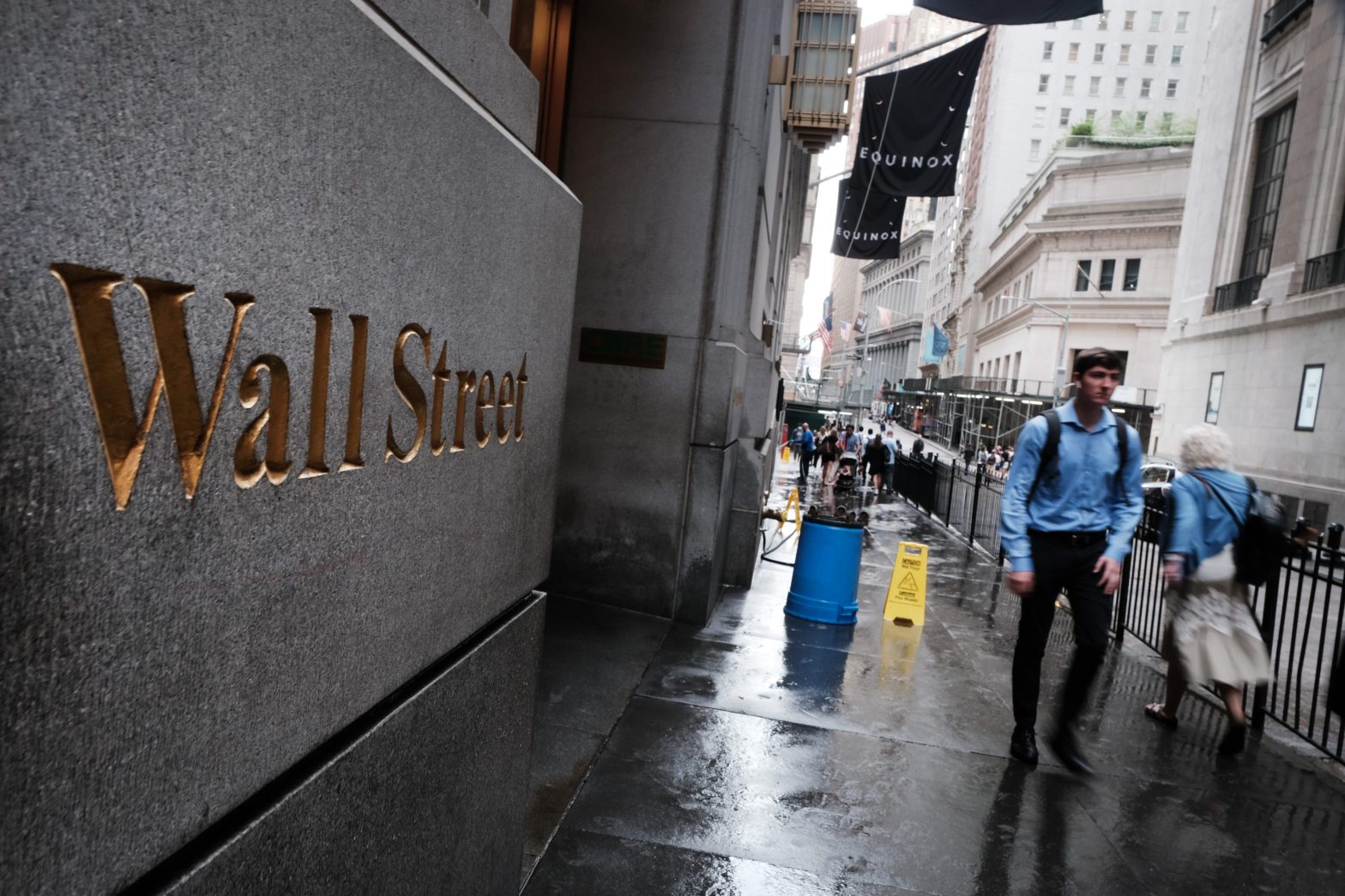In an interview with Insider, eToro investment analyst Callie Cox highlighted the two biggest risks to monitor this year. They include the Fed’s ability to tame inflation and the potential for a steep economic downturn. She explained how investors can position themselves ahead of a potential US recession. Loading Something is loading.
Thanks for signing up!
Access your favorite topics in a personalized feed while you’re on the go.
This year will see the US economy either avoiding a recession or slipping into one, and there are ways investors can prepare, according to eToro investment analyst Callie Cox.
In an interview with Insider, she said the two biggest risks to monitor in 2023 include the Federal Reserve’s ability to tame inflation and the potential for a steep economic downturn.
Inflation has been cooling at a steady clip for several months, with the consumer price index up 6.5% year-over-year in December, down from 9.1% in June. But that’s still well above the Fed’s 2% target, and Cox said inflation for services is still up about 7% annually — which is too high for the Fed.
“The kicker here is that services inflation is the type of inflation that the Fed can best control through the job market,” she said. “It’s more demand-driven. So hot services inflation could give the Fed enough reason to keep rates high, and the longer rates stay high, the more likely we actually get that recession.”
If the Fed’s rate policy doesn’t crush growth, the labor market stays strong, and inflation continues to cool, then the economy can avoid a recession, Cox said.
Should this transpire, that would mean the market already reached its low in October 2022 and a bull market is already underway, she explained.
Cox sees this as a best-case scenario, but it would still pose a challenging landscape for investors because still-high interest rates would prevent growth sectors in the market from recovering.
The second, more painful scenario is a deep recession, she warned, with unemployment rising precipitously and earnings declining as much as 20%.
“But one bright spot of this scenario,” Cox said, “is that it would take care of the inflation problem because when demand drops, inflation comes down.”
How to invest in 2023Bonds can offer a stable investment during a downturn, she noted, and they can be a solid bet when inflation is slowing down and economic growth is minimal.
And as far as stocks, Cox likes a defensive positioning with consumer staples, utilities, energy, and pharmaceutical companies.
“I call these the markets’ comfort food, where even if a recession happens, you still need to eat food, you still need power, you can still get sick and take medicine,” Cox said. “These are more economically resistant sectors.”
She recommended defensive stocks to cushion a portfolio against negative market swings, while also loading up on quality risks, such as healthy tech companies with large balance sheets as well as rate-sensitive cyclical stocks like those in real estate and consumer discretionary.
“If we do hit a recession,” Cox said, “it’s a great time to slowly build up your risk appetite in anticipation of us getting through it.”
